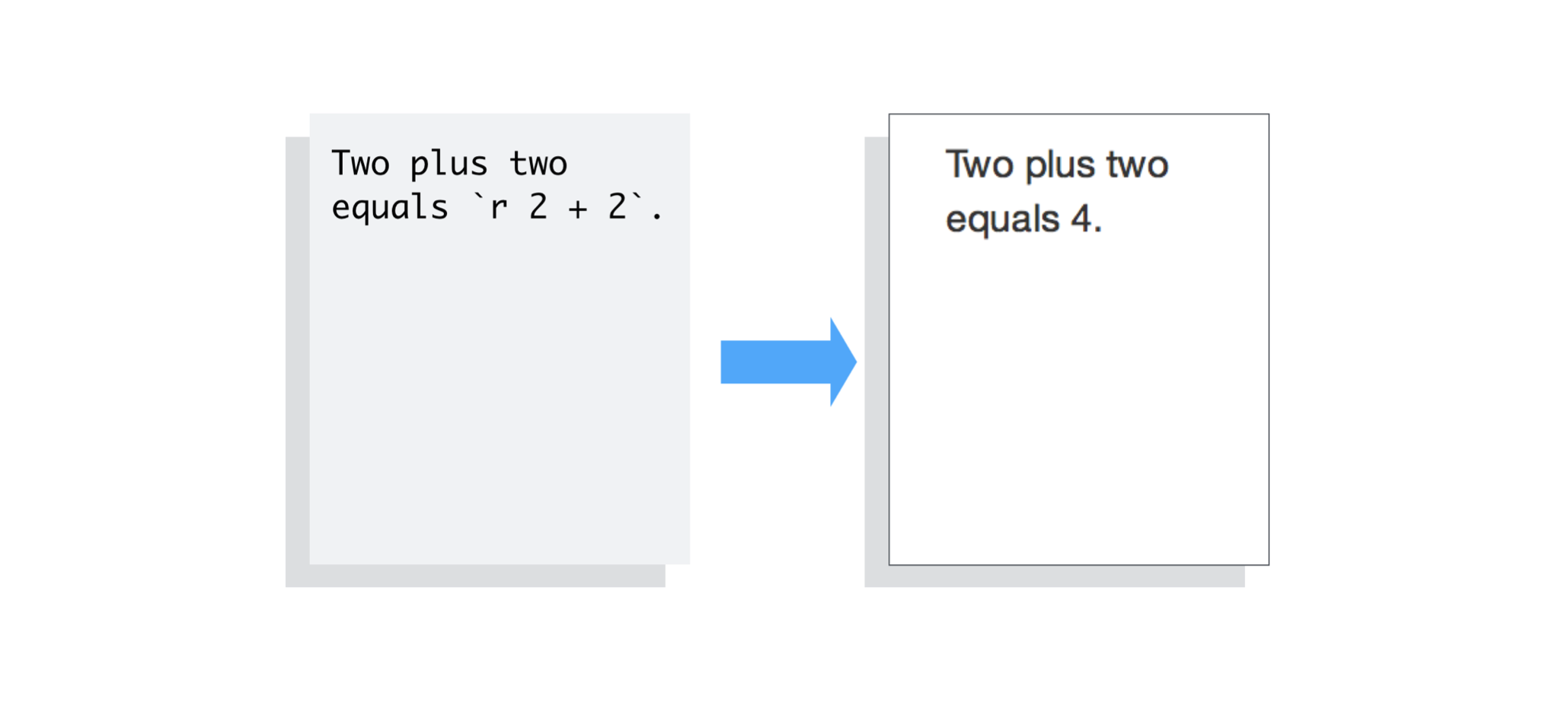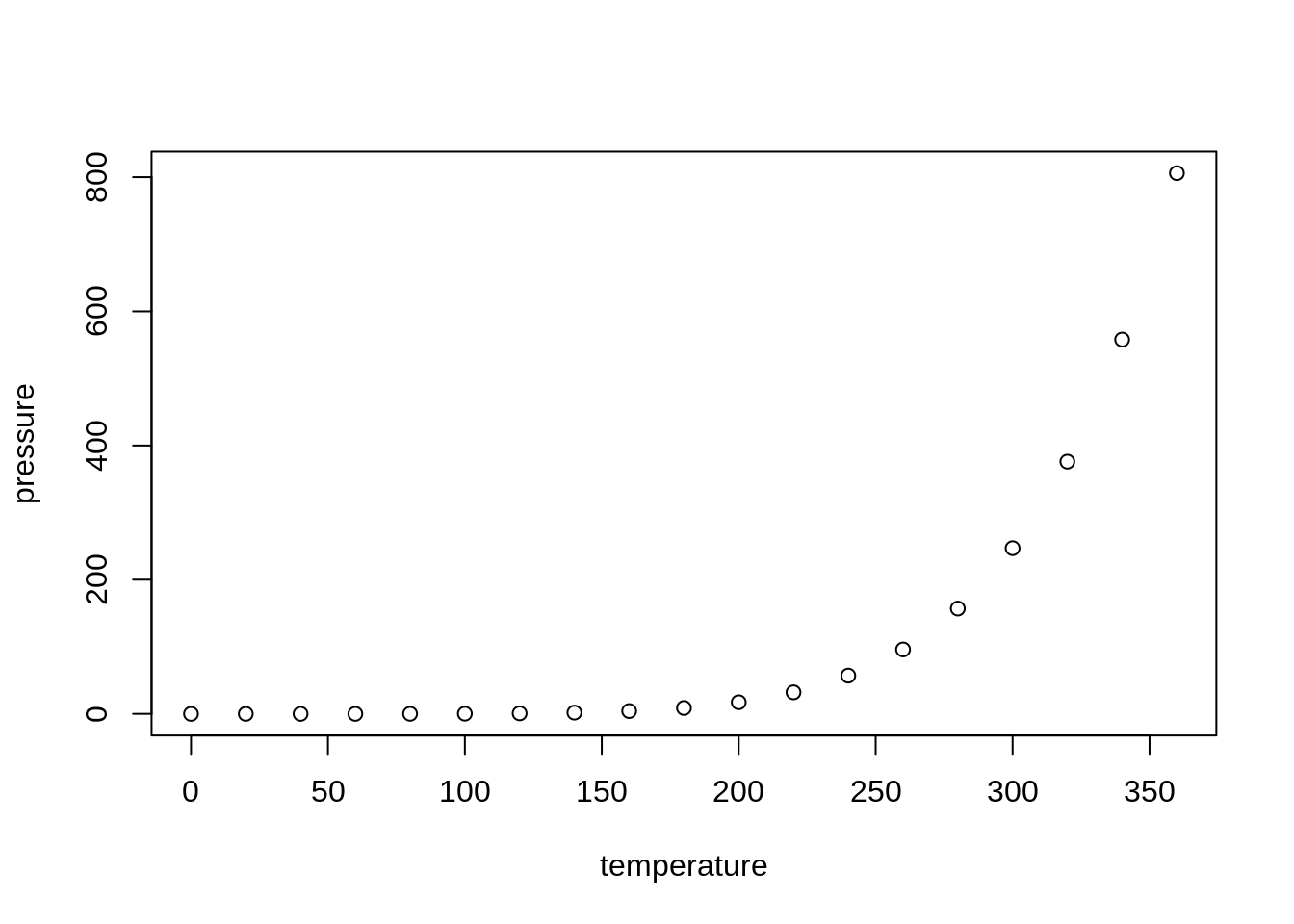

Include = FALSE will run the code and store the output for later use. The code chunk essentiallyĭoesn’t exist in the knitted document as it was never run. Nor show the code in the knitted document.

Inside of the chunk is R code from the r inside of the curly braces ( to compare.Įval = FALSE and echo = FALSE will neither run the code in the chunk, Here is where you place the R code that you want to run.Īn R Markdown document knows that this text is not part of the report from the Keyboard shortcuts Ctrl+ Alt+ I on Windows and Linux, ‘code chunk’ at the top of our document (below the YAML header).Ī code chunk can be inserted by clicking Code > Insert Chunk, or by using the

Load tidyverse from the console, we will need to load it within our R Markdownĭocument.

Which means we need to make sure tidyverse is loaded. Now we will add some R code from our previous data wrangling and visualisation, If you haven’t saved theĭocument yet, you will be prompted to do so when you Knit for the first Top of the Source pane (top left), or use the keyboard shortcutĬmd+ Shift+ K on Mac. Now we can render the document into HTML by clicking the Knit button in the + How many years respondent has lived in village or neighbouring villageįor more Markdown syntax see the following reference guide. + How many family members lived in a house one # isĪ first level heading, two #s is a second level heading, etc. Adding more #s make the heading smaller, i.e. Visual markdown editor (available from version 1.4).įirst, let’s create a heading! A # in front of text indicates to Markdown that Some platforms provide a real time preview of the formatting, like RStudio’s Markdown is useful because it is lightweight, flexible, and platform Rather, you add Markdown syntax to the text, which can then beĬonverted to various other files that can translate the Markdown syntax. Immediately visible in a markdown (.md) document, like you would see in a Wordĭocument. To text, such as bold, italics, and code. Markdown is a popular markup language that allows you to add formatting elements To begin the body of the document, you start typing after the end of the YAML The rest of the fields can be deleted, if you don’t need them. We will start with an HTML doument and discuss the other This can be an html_document, a pdf_document, or a In the YAML, the only required field is the output:, which specifies the type The header is defined by the three hyphens at the beginning ( -) and the To control the output, a YAML (YAML Ain’t Markup Language) header is needed:
#RMARKDOWN ECHO HOW TO#
Learning how to start from a blank document. Your document, your name (Author), and select the type of output, but we will be To create a new R Markdown document in RStudio, click File -> New File -> Image credit: Allison Horst Creating an R Markdown file The rmarkdown package comes pre-installed with RStudio, so no action is Making any changes in the actual document. ThisĪlso means that, if you notice a data transcription error, or you are able toĪdd more data to your analysis, you will be able to recompile the report without
#RMARKDOWN ECHO FULL#
The benefit of a well-prepared R Markdown document is full reproducibility.
#RMARKDOWN ECHO PDF#
Theseĭocuments can be readily converted to multiple static and dynamic outputįormats, including PDF (.pdf), Word (.docx), and HTML (.html). R Markdown is a flexible type of document that allows you to seamlessly combineĮxecutable R code, and its output, with text in a single document. Use code chunks and in-line code to create dynamic, reproducible documents Rmd document containing R code, text, and plotsĬustomise code chunks to control formatting


 0 kommentar(er)
0 kommentar(er)
